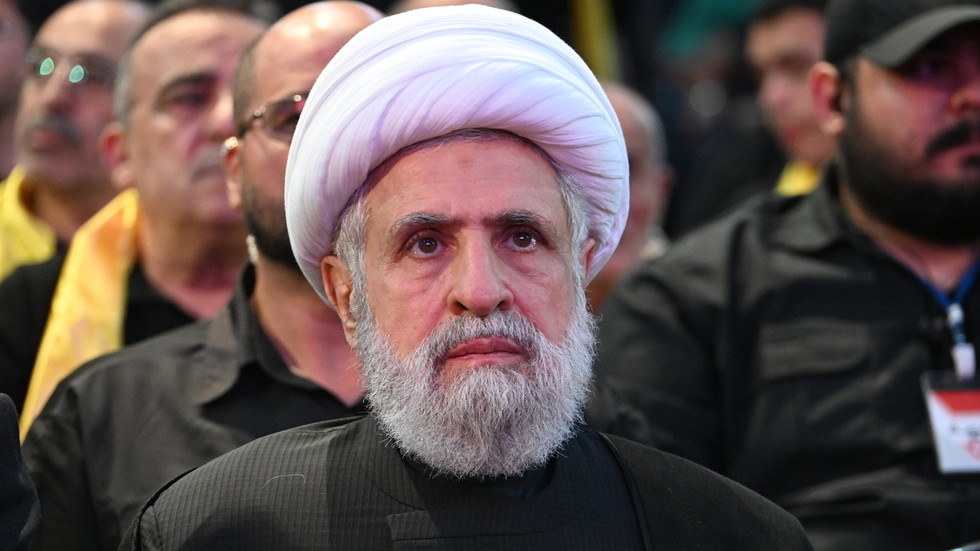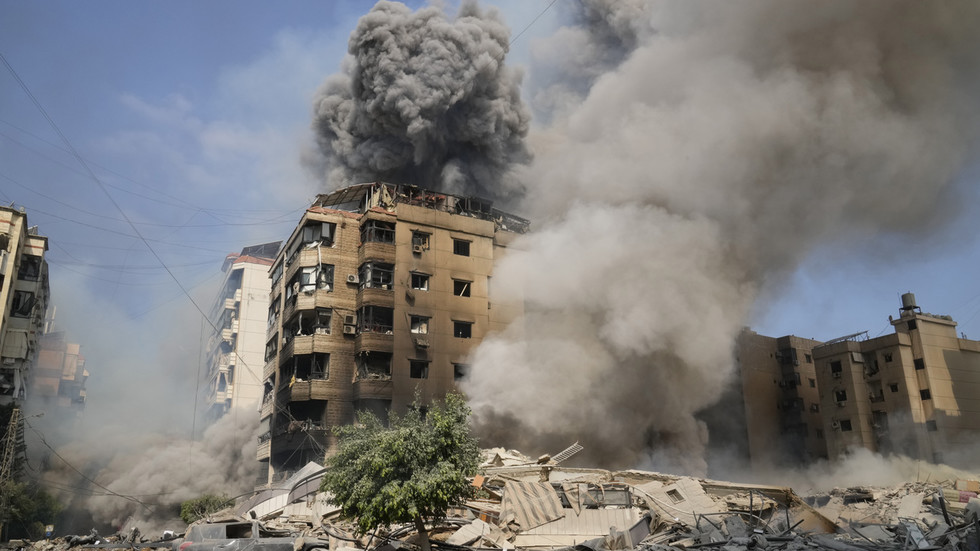China has announced the launch of an intercontinental ballistic missile into the “high seas” of the Pacific Ocean, flying over the northern point of the Philippines in what is believed to be the first such test since the early 1980s.
The missile launch, which the defence ministry said was carrying a dummy warhead, comes at a time of growing international scrutiny of the country’s nuclear arsenal, and prompted statements of concern from several nations.
The ICBM was launched by the People’s Liberation Army rocket force (PLARF) at 8:44am Beijing time on Wednesday. The Chinese defence ministry said the launch was part of a “routine arrangement in our annual training plan”, and the missile “fell into expected sea areas”. It did not provide further details except to say that the launch was not directed at any specific country or target.
A separate report by state mouthpiece Xinhua said China had notified the “concerned” country or countries in advance, but did not say which ones.
The Guardian has confirmed with Philippines authorities that two Notams – sea and air navigational warnings – for areas to the country’s north-west and north-east were issued on Monday and were “related to the launch”. The Notams specifically cited special operations “conducted by China” but it wasn’t clear the Philippines were informed the operation was an ICBM launch.
Japan’s senior government spokesman, Yoshimasa Hayashi, told reporters on Wednesday afternoon that Japan was not informed prior to the launch, and that China’s rapid military buildup is a “serious concern”. Meanwhile Taiwan’s Ministry of Defence would only say that it had recently detected “intensive” Chinese missile firing and other drills, but would not give further details.
Analysts have said the missiles were likely fired from or near Hainan, and landed somewhere near French Polynesia, a path which aligns with the Philippines information, and a Notam issued for an area near the French territory.
That notice warned airspace users of “the particularly dangerous nature” of an aerospace flight and strongly invited them to avoid the area during the time slot, which ended about 105 minutes after the time the PLARF said they launched the missile. The notice did not mention specific Chinese operations.
New Zealand’s foreign minister said an ICBM test landing in the South Pacific was “an unwelcome and concerning development”.
“Pacific leaders have clearly articulated their expectation that we have a peaceful, stable, prosperous, and secure region,” a spokesperson for the foreign minister, Winston Peters, told AFP.
Parts of the Notam area also overlapped with French Polynesia’s exclusive economic zone, but it’s not known exactly where the ICBM landed. In 2022 the PLA fired five missiles during military drills which landed in Japan’s exclusive economic zone, drawing protests from Tokyo. Japan’s then-defence minister Nobuo Kishi, said the missiles “threatened Japan’s national security and the lives of the Japanese people, which we strongly condemn”.
China regularly tests short and mid range rockets in Chinese territory and over waters in the western Pacific as part of its “large, well-funded, and technologically advanced ballistic missile program”, said Drew Thompson, a senior fellow at the National University of Singapore’s Lee Kuan Yew school of public policy. But it was unusual to test an ICBM.
The last believed similar launch was in 1980, sending its first developed ICBM, the Dong Feng-5, into the Pacific Ocean. Analysts speculated that the ICBM tested on Wednesday was a Dong Feng-31, which has a range of 12,000-15,000km, or its predecessor the Dong Feng-31 which can travel 7,200-8,000 km.
after newsletter promotion
Thompson noted that ICBM test launches – such as those conducted by North Korea – usually shot into high altitude, still travelling the long distance but landing at a point closer to the launch site than what China’s Wednesday test appeared to do. He said China’s decision to go long was “clearly” to send a message.
“It’s not necessarily a political signal – although the PLA is the armed wing of the CCP and everything with the CCP is political,” said Thompson.
“But it’s coming at a time when China has considerably heightened tension with Japan, with the Philippines, Taiwan of course, and political insecurity tensions with the US. It’s a fraught time. It’s also UN general assembly week. China is sending a strong signal about the power they can project around the world.”
The PLARF – which in recent years has been embroiled in an apparent corruption crisis with several senior leaders purged – is in charge of China’s conventional and nuclear missiles and is working to modernise the country’s nuclear forces, ostensibly as a deterrent measure for US military advancement. It has a “no first use” policy on nuclear weapons.
“This move is designed to show in clear terms that the means of delivering its strategic deterrent is still functioning,” Alexander Neill, an adjunct fellow with Hawaii’s Pacific Forum thinktank, told Reuters.
The Pentagon has predicted China will double its number of operational nuclear warheads from about 500 now to 1,000 by the end of the decade. The US and Russia respectively have 1,770 and 1,710 operational warheads deployed. Of China’s current stockpile about 350 are ICBMs, and the PLA is constructing hundreds of secret silos to contain the land-based missiles, according to a 2023 Pentagon report.

 By The Guardian (World News) | Created at 2024-09-25 12:40:11 | Updated at 2024-09-30 15:23:37
5 days ago
By The Guardian (World News) | Created at 2024-09-25 12:40:11 | Updated at 2024-09-30 15:23:37
5 days ago



